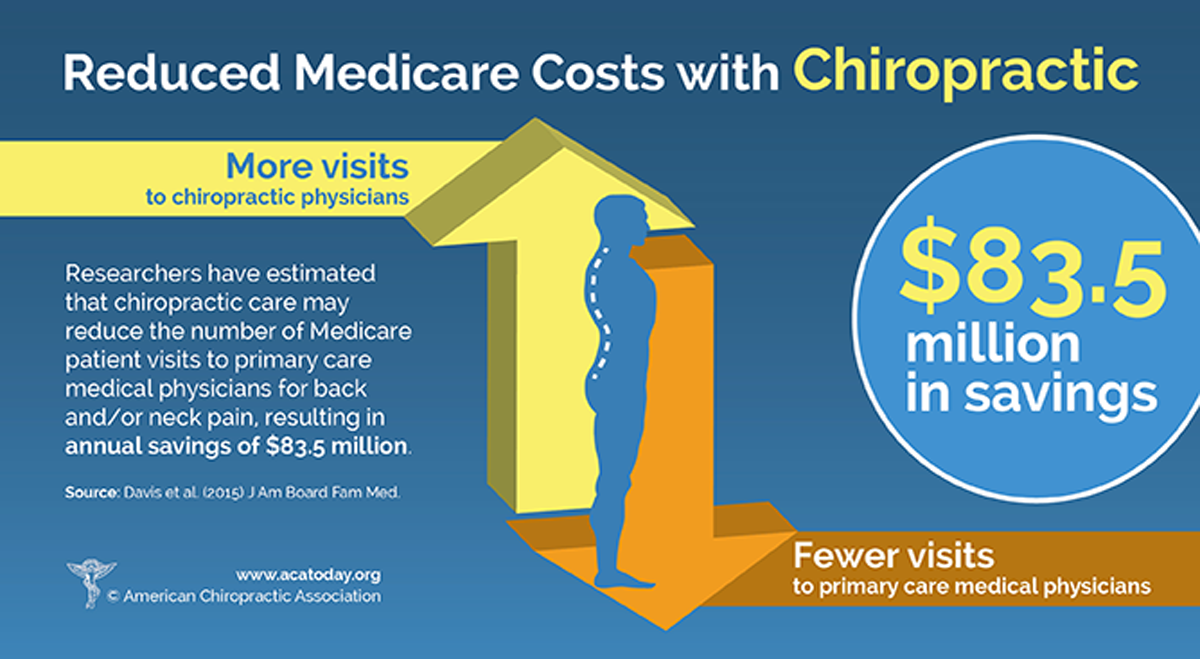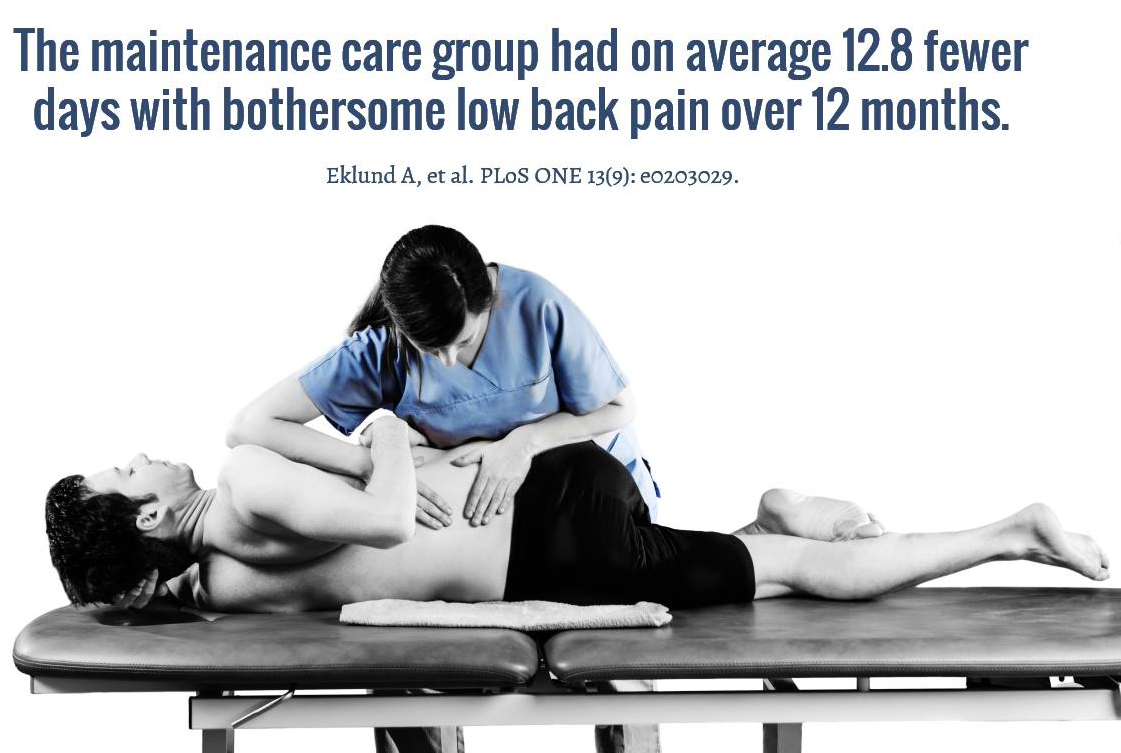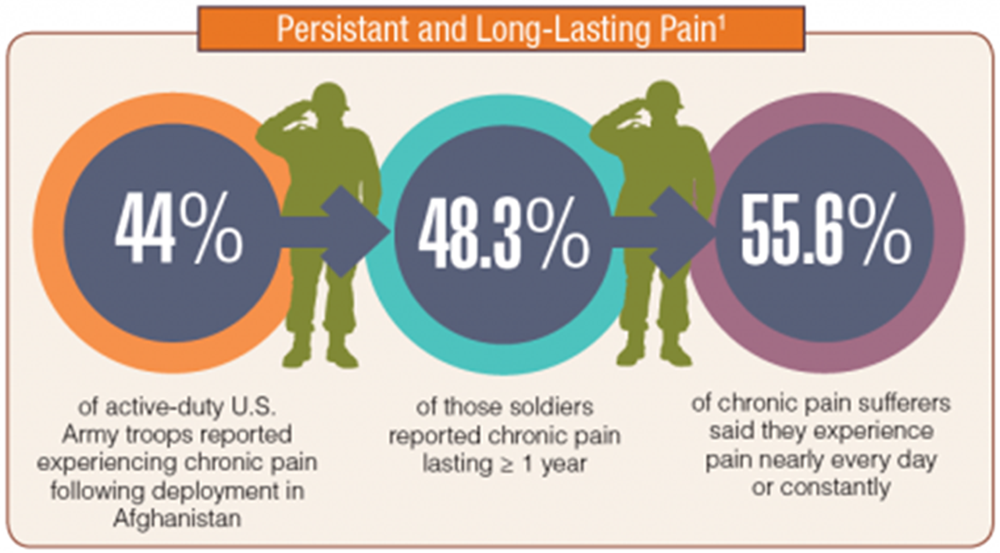Spinal Manipulative Therapy for Acute Neck Pain: A Systematic Review and Meta-Analysis of Randomised Controlled Trials
Spinal Manipulative Therapy for Acute Neck Pain: A Systematic Review and Meta-Analysis of Randomised Controlled Trials
SOURCE: J Clinical Medicine 2021 (Oct 28); 10 (21): 5011
Aleksander Chaibi, Knut Stavem and Michael Bjørn Russell
Head and Neck Research Group,
Division for Research and Innovation,
Akershus University Hospital,
1478 Oslo, Norway
Background: Acute neck pain is common and usually managed by medication and/or manual therapy. General practitioners (GPs) hesitate to refer to manual therapy due to uncertainty about the effectiveness and adverse events (AEs)
Method: To review original randomized controlled trials (RCTs) assessing the effect of spinal manipulative therapy (SMT) for acute neck pain. Data extraction was done in duplicate and formulated in tables. Quality and evidence were assessed using the Cochrane Back and
Results: Six studies were included. The overall pooled effect size for neck pain was very large –1.37 (95% CI, –2.41, –0.34), favouring treatments with SMT compared with controls. A single study that showed that SMT was statistically significantly better than medicine (30 mg ketorolac im.) one day post-treatment, ((–2.8 (46%) (95% CI, –2.1, –3.4) vs. –1.7 (30%) (95% CI, –1.1, –2.3), respectively; p = 0.02)). Minor transient AEs reported included increased pain and headache, while no serious AEs were reported.
There is more like this @ our:
CHRONIC NECK PAIN Page and the:







